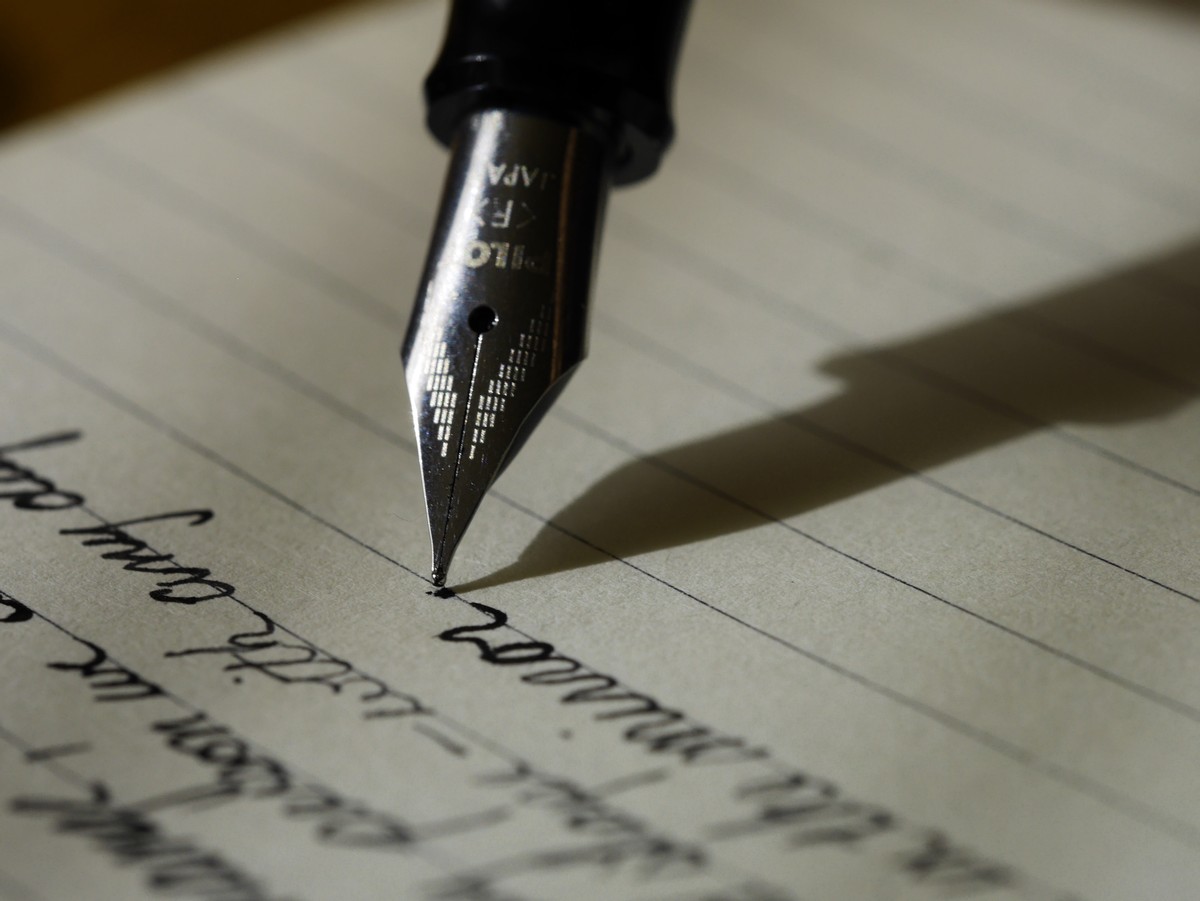
中東的水快沒了,然後它的一些地區在變得無法居住了。
“之前人們來這裏游泳,然後會把泥土當作治療作用。他們會至少在這裏留幾天”。 前港口 Sharafkhaneh城市的記者Ahad Ahmed說向CNN展示在1995年人們享受湖泊的照片。
爾米亞湖的消失速度很快。 根據伊朗的一個省西阿塞拜疆(湖所在的地方)的環境保護署的數據,它的面積減少了一半以上——從1990年代的5,400平方公里(2,085平方英里)到如今的只2,500平方公里(965平方英里)。現在令人擔心湖泊會完全消失。
這種的問題是在中東的很多地區很普遍的——在這些地方水簡直快沒有了。
該地區經歷了持續乾旱和高溫幾乎不適合人類生活。氣候變化加上水資源管理不佳和過度使用讓對未來水的預測變很嚴峻。
一些中東的國家包含伊朗、伊拉克、約旦因爲尋求提高糧食自給率所以他們從地下抽取大量的水用於灌溉。 世界資源研究所的全球水資源總監Charles Iceland告訴CNN。 當他們經歷降雨量減少時,就會發生這種情況。
The Middle East is running out of water, and parts of it are becoming uninhabitable.
"People would come here for swimming and would use the mud for therapeutic purposes. They would stay here at least for a few days," said Ahad Ahmed, a journalist in the former port town of Sharafkhaneh as he showed CNN photos of people enjoying the lake in 1995.
Lake Urmia's demise has been fast. It has more than halved in size -- from 5,400 square kilometers (2,085 square miles) in the 1990s to just 2,500 square kilometers (965 square miles) today -- according to the Department of Environmental Protection of West Azerbaijan, one of the Iranian provinces where the lake is located. There are now concerns it will disappear entirely.
Such problems are familiar in many parts of the Middle East -- where water is simply running out.
The region has witnessed persistent drought and temperatures so high that they are barely fit for human life. Add climate change to water mismanagement and overuse, and projections for the future of water here are grim.
Some Middle Eastern countries, including Iran, Iraq and Jordan, are pumping huge amounts of water from the ground for irrigation as they seek to improve their food self-sufficiency, Charles Iceland, the global director of water at the World Resources Institute (WRI), told CNN. That's happening as they experience a decrease in rainfall.
Original source: https://edition.cnn.com/2021/08/22/middleeast/middle-east-climate-water-shortage-iran-urmia-intl/index.html
